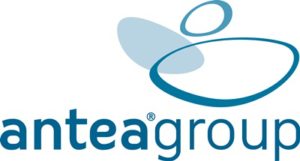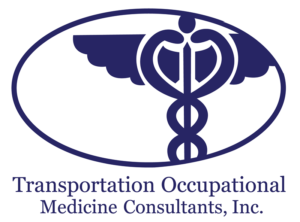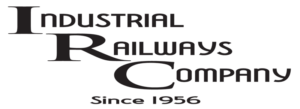Commentary by Bill Dombrowski
POSTED: 04/28/17, 10:50 AM PDT on the Daily Breeze
We’ve all heard the analogy comparing the legislative and regulatory process to sausage making: It’s often messy, it can get sticky, but the product comes together in the end.
A driving factor in this unruliness is public engagement, a crucial component in policymaking to ensure a collaborative exchange of ideas produces policies that represent California’s diverse landscape.
Unfortunately, the California Air Resources Board, the state regulators charged with addressing air pollution, recently sidestepped public input when it adopted a policy known as a facilities or productivity cap — artificially limiting the amount of goods that can be moved through California’s ports in an attempt to reduce air pollution in Southern California.
Shockingly, state regulators adopted the productivity cap after the South Coast Air Quality Management District, the local regulators charged with addressing air pollution in Southern California, voted against the concept.
The productivity cap was originally part of Gov. Jerry Brown’s Sustainable Freight Action Plan, which was billed as an effort to bring all parties to the table to reduce emissions from freight transportation, while increasing the competitiveness of California’s freight system. It was this collaborative approach that drew stakeholders to the table in the first place –
transportation companies, retailers, distribution centers, environmentalists, regional agencies, industry leaders, academics, regulators and many others.
Yet in an attempt to shut out conflicting opinions, the California Air Resources Board met on March 23 and slapped a productivity cap on California’s ports, failing to notify the public of its consideration or even include a staff analysis. This was not an accidental oversight but a deliberative rejection of civic engagement in the governmental process.
While we can all agree that clean air is vital to public health, Californians have a fundamental right to express concerns about how the productivity cap will reshape our state’s supply chain when it moves goods from ports, to warehouses and distribution centers, and then to retail stores.
And industry feedback should not be overlooked, particularly at a time when the U.S. supply chain is changing and ports in other states are making infrastructure investments to draw business away from Southern California — taking jobs and economic activity with them.
Pure and simple, open dialogue among stakeholders is what drives innovative thinking and challenges regulators to look beyond perspective penalties. It’s this type of thinking that Gov. Brown proposed with the Sustainable Freight Plan in the first place — challenging stakeholders to find solutions that not only protect our environment, but also bolster economic activity in California.
Yet instead, a policy was adopted behind closed doors that will significantly impact those whose livelihoods rely on the movement of goods through California’s major ports, such as the ports of Los Angeles and Long Beach.
According to the California Association of Port Authorities, port activities employ more than a half-million people in California and generate an estimated $9 billion in state and local tax revenue annually. The ports play an important role in products entering and leaving the United States.
According to the Port of Long Beach, the port supports 30,000 jobs (about 1 in 5) in Long Beach, 316,000 jobs (or 1 in 22) in the five-county Southern California region, and 1.4 million jobs throughout the United States. It’s the second busiest port in the nation, yet that may change now that regulators imposed a productivity cap.
Reducing air pollution to impact climate change is a laudable goal and all Californians have a responsibility to preserve and protect our natural resources for future generations. However, the adoption of a new environmental policy should not be a one-sided conversation that occurs in a vacuum.
Public engagement is the key to holding policymakers accountable to do better now and in the future.
Bill Dombrowski is president of the California Retailers Association.




